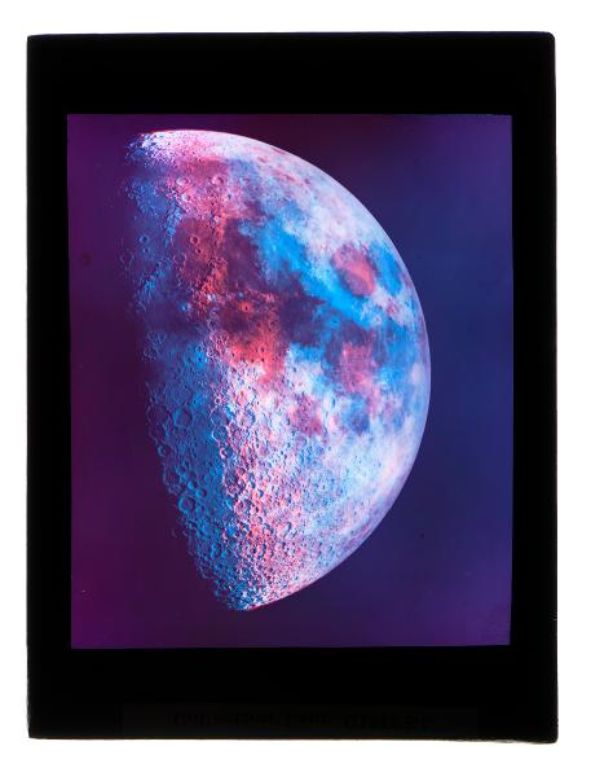"Accumulating an immense global mosaic of the life of as many inhabitants on this planet as possible—I have to admit that’s a pretty ambitious goal that we’ve set for ourselves and our collection.… Human beings are the focal point of the collection. What makes us human? What do people wish and hope for, what do they dream about? We are intrigued by the fact that, since 1839, there has been a medium capable of recording the history of humankind in meaningful and extremely concentrated images. Our store of photographs is useful to a wide variety of university disciplines, and it allows entirely different kinds of museums to collaborate." —Peter Herzog (Oral history, 07.07.2016, 24.11.2016)
Analogue photography has its own vocabulary. This includes terms for photographic processes, photo-specific materials and object types such as carte de visite and stereo photography. This language for photography is used in the Fotosammlung Online. The starting point for the spectrum of terms is the holdings of the Fotosammlung Ruth und Peter Herzog. A glossary, which will make it possible to become familiar with these terms when searching the Fotosammlung Online, is in preparation. The online resources listed below, which are designed, implemented and maintained by national and international partner institutions, have been used in the preparation.
Graphic Atlas for Identification of Photographic Processes
